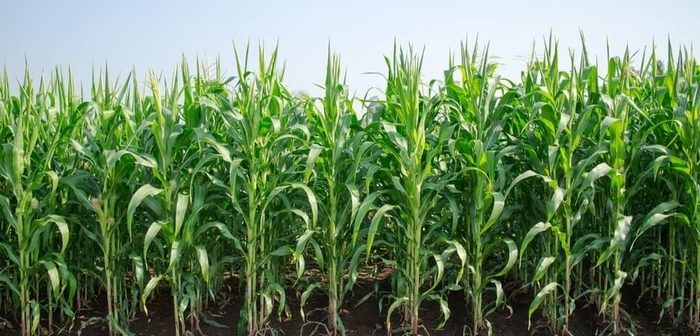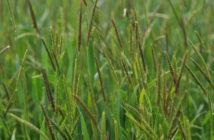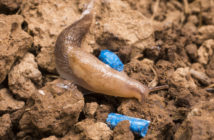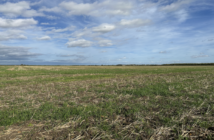New research has revealed the genetics underpinning an ecological defence used by maize plants to guard against caterpillar pests, involving interactions with natural enemies of the pest. Certain plants, with the right genetics, have an ability to recruit wasps as “bodyguards” against pests.
This information will provide a crucial resource both for maize breeders wanting to promote the trait in their crops, and for farmers seeking to improve biological control of pests. These findings could be a game changer in agricultural ecosystems allowing a reduced dependency on pesticide use.
The BBSRC funded study, led by Keele’s Professor Toby Bruce in collaboration with scientists at icipe and ICRISAT in Kenya, investigated genetic variation between different types of maize plants focussing on how genetics affected their responses to stemborer pests.
Stemborers are devastating pests of cereal crops in sub-Saharan Africa which cause substantial yield losses, but some “smart” plants have evolved a clever indirect defence mechanism for their protection against these pests.
In the earliest stages of a stemborer attack, when a moth lays her eggs on the crop, these “smart” plants start releasing smells that attract enemies of the pest as soon as eggs are laid on them. Specifically, the smells attract parasitic wasps, which are important natural enemies of the pest and kill the stemborers by parasitizing them.
This study, published in Scientific Reports, analysed the genetic makeup of 146 different types of maize plants, comprising farmer-selected varieties, known as landraces, as well as plants from more formal breeding programmes, known as inbred lines or commercial hybrids.
The researchers exposed the plants to stemborer eggs and tested the chemicals they released, known as volatiles, to see how attractive they were to the parasitic wasp bodyguards. They then categorised the plants in order of how attractive they were to the wasps, and analysed their genetic code to see how differences in their genes influenced their ability to attract the bodyguards to defend them.
The findings showed that the egg-induced wasp attraction trait was more common in landraces than in improved inbred lines and hybrids, and an analysis of the plants’ genomes (their genetic code) pinpointed regions associated with the “call for help” response, which existed in some varieties but not in others.
Professor Bruce said the research findings could be used by maize breeders who want to promote this trait within their crops, as well as providing a valuable resource for future research into plants’ interactions with pests and beneficial insects in their environment.
Professor Bruce said: “Farmers urgently need alternative approaches for managing crop pests as use of pesticides is increasingly restricted by changes in legislation and evolution of pesticide resistance.
“Here we show how biological control of pests can be enhanced in crops. We have identified regions of the maize genome associated with a ‘cry for help’ trait that allows crops to call in parasitic wasp bodyguards to defend them when they are attacked by pests.”




